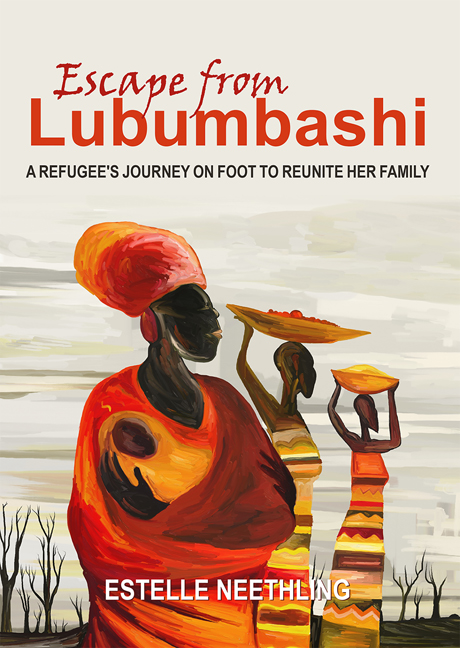12 - Mobutu Sese Seko tumbles – rebuilding a life in the mother city
Summary
Despite what seemed like insurmountable obstacles, Adolphine carried on dealing with life as best she could. She and Sepano often discussed their homeland. Despite everything they had endured, they missed many aspects of the way of life they had been forced to leave behind. Their lives had veered dramatically away from anything they had hoped and dreamed for their future together when they had married in what seemed like a lifetime ago. The possibility of future peace and perhaps returning to the country of their birth was dashed by disturbing news of renewed political upheavals that reached them through the media and via a few acquaintances who had remained in the DRC.
Initially, after 1997, Kabila was perceived as a nationalist hero who was defending the nation's sovereignty and who, many Congolese hoped, would bring about democracy. According to reports at the beginning of 1998, Kabila accused Rwanda of exploiting the DRC's minerals. Aided by Angola, Namibia, and Zimbabwe he successfully drove Rwandan and Ugandan forces out of the country. By 1999 the war had reached a stalemate and had slowly become a predatory conflict over the country's vast resources. The Lusaka Ceasefire Agreement, which attempted to end hostilities between nations, was signed by Angola, the DRC, Namibia, Uganda, Rwanda and Zimbabwe on 10 July 1999. The leaders of the rebel groups involved in the DRC signed the peace accord on 31 July 1999.
In November 1999, the United Nations Security Council (UNSC) established a peacekeeping force in the DRC called the United Nations Organisation Stabilisation Mission in the Democratic Republic of the Congo or MONUSCO (derived from the initials of its French name Mission de l’Organisation des Nations Unies pour la stabilisation en République Démocratique du Congo). Until 2010 it was known as the United Nations Mission in the Democratic Republic of Congo, or MONUC (French: Mission de l’Organisation des Nations Unies en République démocratique du Congo).
MONUSCO was tasked with supervising and implementing the Lusaka Ceasefire Agreement. However, despite its efforts, continued violence in the DRC resulted in the Second Congo War which has been described, not only as the deadliest war in modern African history, but also the deadliest conflict worldwide since World War II.
- Type
- Chapter
- Information
- Escape from LubumbashiA Refugee's Journey on Foot to Reunite her Family, pp. 67 - 73Publisher: University of South AfricaPrint publication year: 2021



